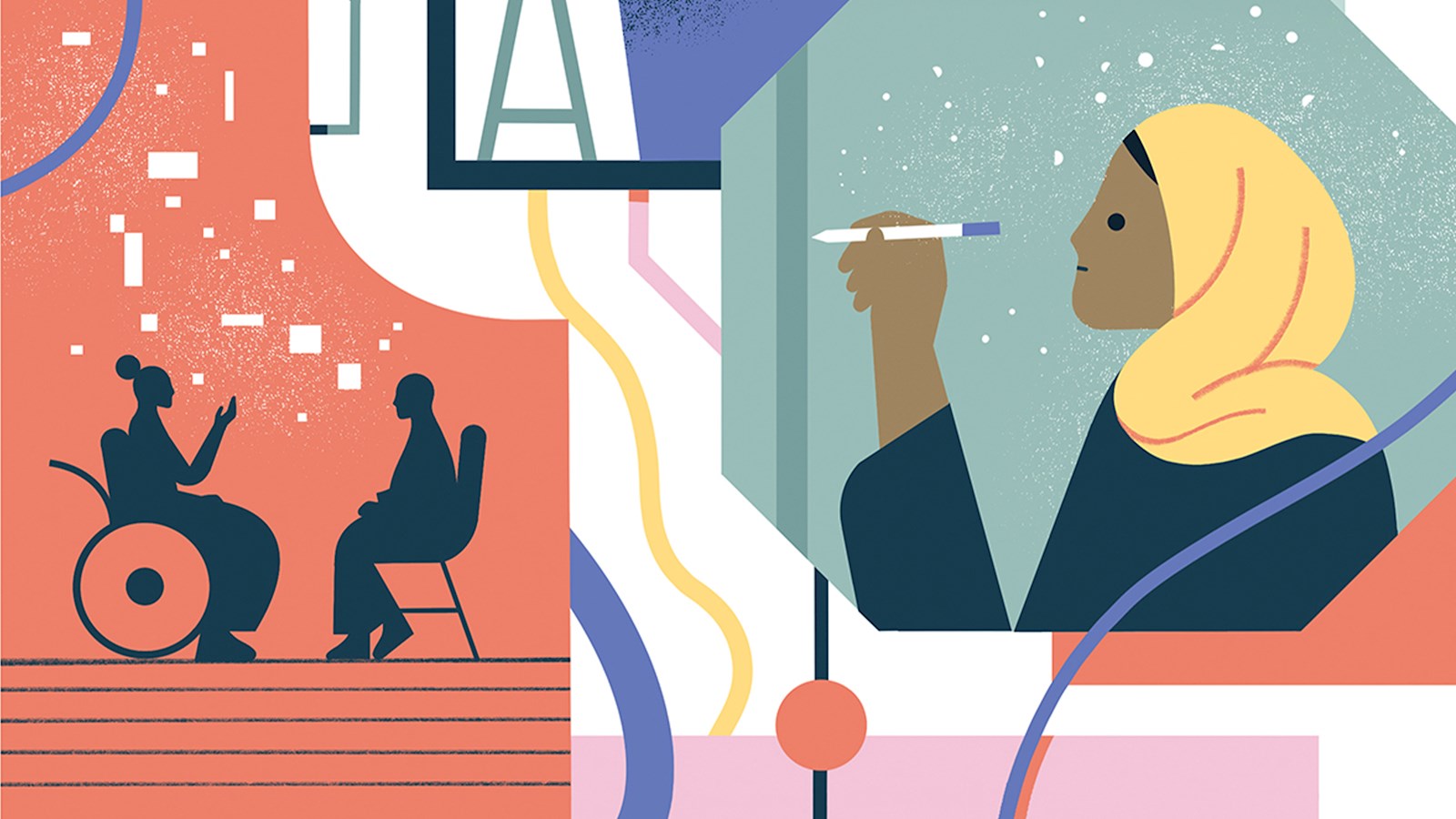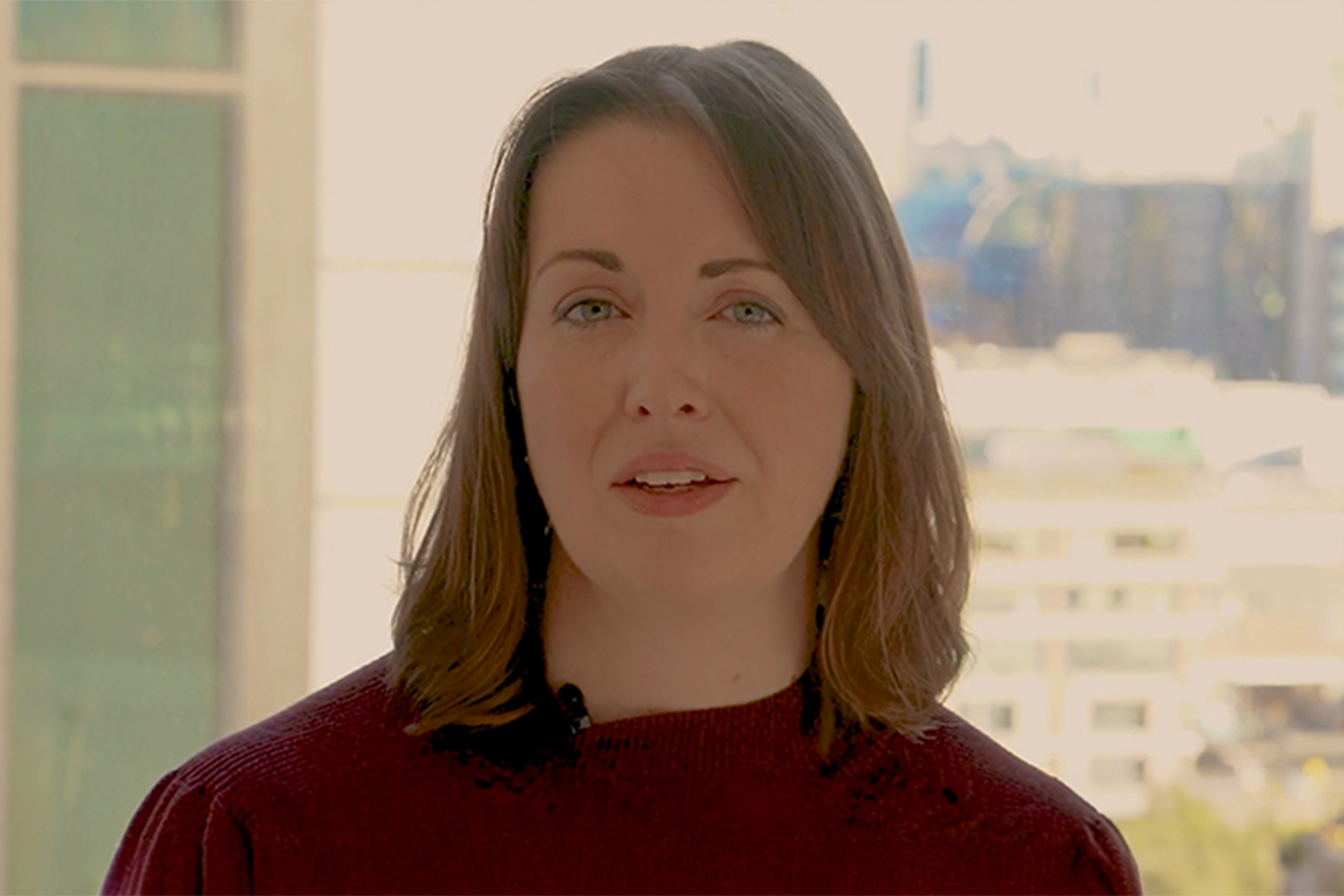
Diversity’s last frontier
It's time agencies harnessed the creative power of the neurodivergent brain
We know creativity works. We know innovation works. We know that purpose works. In this essay, I will demonstrate that neurodiversity works, for creativity, innovation, purpose – and for everyone.
In Why Should Anyone Work Here? by Rob Goffee and Gareth Jones, published by Harvard Business Review, the authors reflect on organisational cultures of the 50s and 60s. The old goal was to mould ourselves to fit into a company: to trim off any of the eccentricities that make us who we are, so that we fit in better with others.
We know that this strategy does not produce satisfied employees. Conformist organisations aren’t just constraining and boring, they also don’t produce great work. In fact, diversity of thought and experience – the differences between us all – is essential to creating excellent work. We need disagreements to create and innovate. But we also need inclusive cultures, so that we can disagree safely and move on with our workplace relationships, without any bad blood.
At WPP, a creative transformation company, we need our workforce to be the most creative and innovative.
As AI begins to threaten jobs, when industries of all kinds are naming creativity and problem-solving as key skills for the future, we see the importance within the education system on these skills dropping off. We see traditional talent pools drying up, as the competition for talent from elite universities becomes even more intense.
We know we must appeal to all demographics, as talent is spread among all. We know we must work harder to reach out to those from ethnic minorities and less privileged socio-economic backgrounds, to women, LGBTQ+ and people from all generations. We must develop those who don’t fit the traditional mould by giving them opportunities to thrive and magnify their strengths. We must provide flexibility for parents, carers and older people and recognise that life happens around work. All this diversity and inclusion work takes time and deep thinking, but more importantly it requires empathy.
How do we build empathy into our culture? How do we create the psychological safety for people to bring their whole self to work? How do we let people know that difference is valued, and that their individual needs are taken seriously by their employer?
The untapped revolutionaries
There is a huge pool of talent, making up 20% of the population here in the UK. This pool was shown to outperform their peers in the IPA Diagonal Thinking study, a measure of both lateral and linear thinking, which is crucial to success in our industry. They are problem solvers, because their everyday life is beset by obstacles to overcome. And the race to attract these people has already begun. The Valuable 500 launched in 2019 at the World Economic Forum, challenging companies to take the full breadth of diversity seriously – by putting disability on board’s agendas. I am very proud to say that WPP has signed that pledge.
One in five of us lives with a disability. Scope, the disability charity, estimates that there are 13.9 million people in the UK who are disabled. And an estimated 80% of those disabilities are hidden – just 10% of disabled people are wheelchair users, despite our common conception of disability being all about mobility.
Disabled people are often thought of as the final group to be included in the workplace. And it’s true, with only 52% of disabled people who could work finding a suitable role. This represents a huge cost to society in the form of out-of-work benefits, but more importantly, it is a massive waste of talent. So many disabled people are naturally creative but are stuck at home. We know that disabled people are far more likely to have “neurodivergent” brains – minds that perceive and work differently than the norm. And when neurodiversity has been harnessed – such as in the cases of Steve Jobs, who was dyslexic, and Greta Thunberg, who is autistic – there have been revolutionary leaps in thinking. As we make the adjustments necessary for an inclusive and accessible workplace, we will be enhancing our work, our culture, and the representation and quality of life of all disabled people.
Autistic people have a unique, analytical cognitive style, affording talents in areas such as systems thinking, attention to detail and visualising problems
New systems reinforce old obstacles
The creative and tech industries have been building a brave new world online for the past 30 years. This world bypasses the barriers that so many disabled people face when trying to get involved in society. Unfortunately, this new world isn’t the utopian vision of disability inclusion that we hoped for. We see new accessibility challenges as designs haven’t been tested by disabled people, making recruitment unnavigable for many. Increasingly, it’s becoming impossible to apply for a job without using the internet, and the tests you find online are difficult to adjust.
Talent acquisition software has promised to take the pain out of recruitment. But does that also mean it is removing this pool of creatives?
Out of all disabled people, the group least likely to gain employment is autistic people. I should know, as I myself have a diagnosis of autism, and found it incredibly difficult to access employment, despite my abilities and experience.
Autistic people have a unique, analytical cognitive style, which can afford talents in areas such as systems thinking, attention to detail, ability to hyper focus, comfort with repetitive tasks and visualising problems. These talents can lend themselves to data analysis, AI and statistics, software design and development, exactly the areas in which we are desperate for talent. But beyond those stereotypical autism-friendly roles, autistic people can also spot inefficiencies in systems and solutions for complex problems ahead of their neurotypical peers.
So why is it that only 16% of autistic people who want to work are in work, when we know that the jobs and skills of the future are exactly the kinds of things autistic people excel at?
Autistic people are simply too “different” for systems designed for neurotypical people. We know that of all the skills interviews test candidates on, social and communication skills matter most to a hiring manager’s impression, which is exactly the area in which autistic people are most disadvantaged. The autistic candidates’ strengths may lie in the extra productivity and alternative perspectives they bring. Their unusual education and work histories can be a barrier, and job applications might not give room to detail self-taught skills and experience.
Today, new talent acquisition software that uses AI to analyse your body language during a video interview have the exact same biases as humans against the behavioural differences that autistic people display, but the oversight to correct for those biases has been removed. The same effects are seen for people who have had a stroke or have a facial disfigurement. When presented with these differences, the computer says “no”.
Hacking systems for difference
Creativity involves hacking – finding new routes through a problem, bringing together different strategies, trying lots of things until something sticks. Because of our systemic thinking, autistic people make natural hackers. We see flaws and inefficiencies in systems quickly and know how to exploit them.
This skill can be applied by autistic people to any system. It’s fundamentally the same problem-solving ability you see in disabled people who find ways to do the things that they struggle with, finding workarounds in a world which simply isn’t designed for them.
It’s the same ability you see in dyslexic people, who rely on their brain’s visual system, rather than the language systems that neurotypical people use. If spelling mistakes and putting words the wrong way around is something we might reject an employee’s application on, we may well be rejecting someone with a brilliant visual and creative mind. Just as symbols get mixed up in the dyslexic person’s head, so do images, in the same way that puns exploit the bringing together of two disparate concepts that might sound similar.
Dyslexic, bipolar and schizophrenic people show this extraordinary ability to make links, allowing them to excel in creative roles such as art, comedy and writing. These are the creatives we need, but without the support and right connections, end up unemployed or in low paying work which neglects their abilities. Game theorists point out that in any competitive system there is a value to using unconventional rules. In recruitment, an advantage can be gained by finding talent that is undervalued by everyone else. We have seen autistic people being employed as developers, despite having poor qualifications compared with their colleagues – perhaps they dropped out of school or could only focus on a few subjects – but outperforming them three-fold in terms of productivity.
So, what if we could hack our recruitment systems, just as disabled people use different strategies and systems to get around their impairments and society’s barriers?
Read more from Atticus Journal Volume 25
This is an excerpt from Why neurodiversity works for creativity
published on
10 November 2020
Category
More in The Atticus Journal

Generative AI: mitigating risk to unlock opportunity
H+K’s Allison Spray on managing the commercial and reputational risks that the proliferation of generative AI will present

Making sustainability profitable
Sustainability investments must deliver returns – both financial and reputational – to be ‘sustainable’ for business. Something needs to change, says Luc Speisser

Sustainability comms must get real
There’s a disconnect between the way corporations talk about climate change and how the public discusses the same issue. That’s the conclusion of research by Jamie Hamill, Alessia Calcabrini and Alex Kibblewhite.

